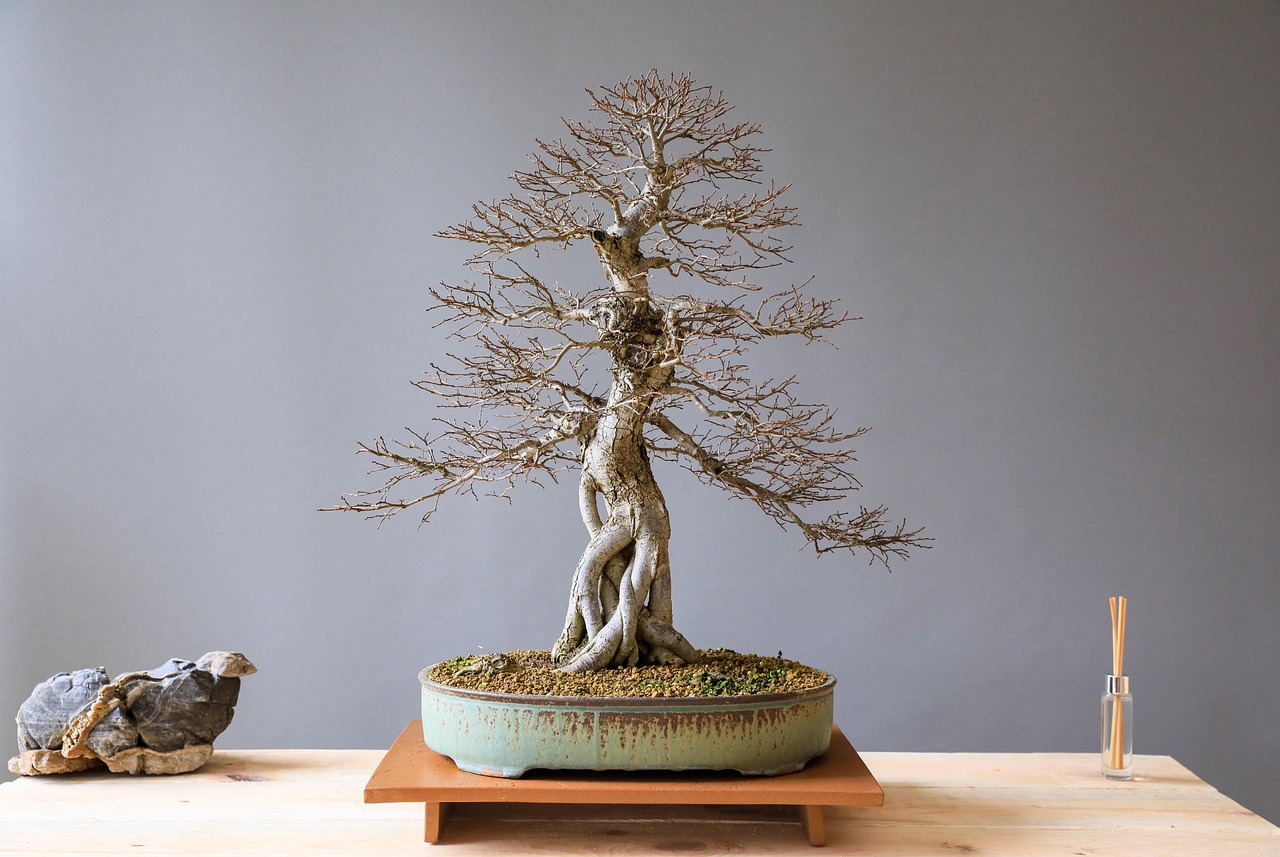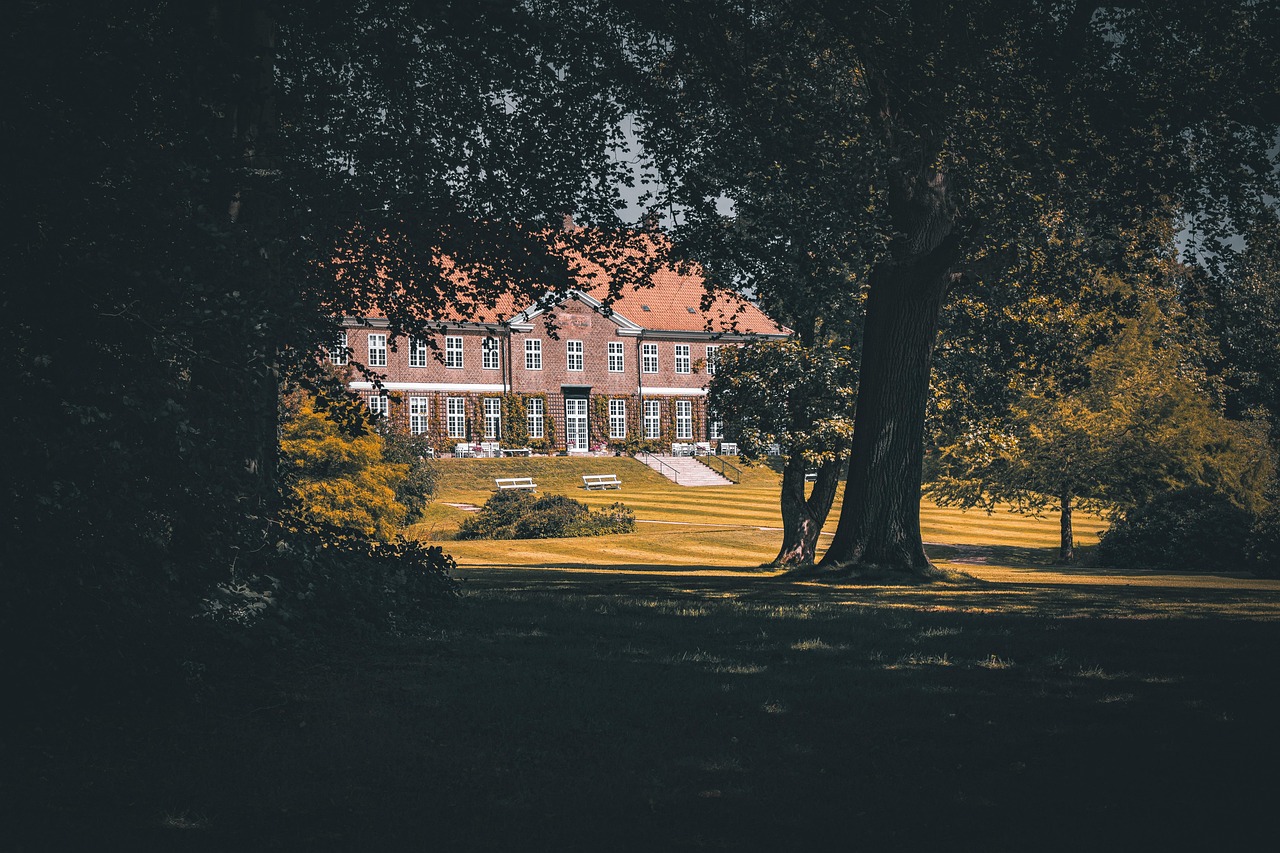Elm wood is valued for its durability, workability, and attractive grain. These properties make it ideal for various applications, including furniture, cabinetry, flooring, and even musical instruments. The wood’s resistance to splitting and warping further enhances its appeal in woodworking.
Elm trees belong to the Ulmus genus and are found in temperate regions throughout the world. This hardwood is known for its unique characteristics, which include a beautiful interlocked grain pattern and a warm color ranging from light to dark brown. Elm wood has been used for centuries due to its practical qualities and aesthetic appeal.
One of the standout features of elm wood is its exceptional strength. It offers a high level of resilience and shock resistance, making it suitable for heavy-duty applications. Additionally, elm wood has a natural resistance to decay, which is particularly beneficial for outdoor projects or items exposed to moisture.
Properties of Elm Wood

Understanding the properties of elm wood can help in selecting it for specific projects. Below are some key properties that define elm wood:
- Durability: Elm wood is known for its long-lasting qualities. It withstands wear and tear effectively.
- Workability: This wood is relatively easy to work with, making it a favorite among woodworkers.
- Aesthetic Appeal: Elm wood features a beautiful grain that adds character to finished products.
- Flexibility: The wood’s natural flexibility allows it to bend without breaking, which is advantageous in various applications.
Moreover, elm wood’s unique grain patterns can vary significantly between different species. For example, the American Elm typically has a more pronounced grain than the European Elm, which tends to be finer and smoother. This variation in appearance can affect its suitability for certain projects, such as high-end furniture versus utility items.
| Property | Description |
|---|---|
| Density | Medium to high density, providing strength and durability. |
| Moisture Resistance | Moderately resistant to moisture, suitable for various environments. |
| Color | Ranges from light tan to dark brown with a rich appearance. |
| Grain Pattern | Interlocked grain adds visual interest to finished pieces. |
The combination of these properties makes elm wood a popular choice not only among furniture makers but also in various industries. Its unique characteristics enable artisans to create beautiful and functional pieces that stand the test of time. From traditional carpentry to modern design, elm wood continues to be a favored material.
As we explore further, we will delve into specific applications of elm wood. Understanding where and how this versatile wood is used will provide insight into its importance in woodworking and construction industries.
Applications of Elm Wood
Elm wood has a wide range of applications across various fields due to its unique properties. Understanding these applications can help both consumers and professionals appreciate the versatility of this remarkable wood. Below are some of the key areas where elm wood is commonly used:
Furniture Making
One of the most popular uses of elm wood is in furniture making. Its durability and attractive grain make it an excellent choice for creating both functional and decorative pieces. Some common types of furniture made from elm wood include:
- Tables: Elm wood is frequently used for dining tables, coffee tables, and side tables. Its strength ensures longevity, while its appearance enhances the aesthetic of any room.
- Chairs: The flexibility of elm wood allows for comfortable chair designs. Many artisans craft both traditional and contemporary chairs using this material.
- Cabinets: Due to its resistance to warping, elm wood is an ideal choice for kitchen and bathroom cabinets.
The unique character of elm wood can also be highlighted through different finishes, adding to its appeal as a furniture material.
Flooring
Another significant application of elm wood is in flooring. Its durability and resistance to wear make it suitable for both residential and commercial spaces. Elm wood flooring offers several advantages:
- Long-lasting: The density and strength of elm wood ensure that floors can withstand heavy foot traffic.
- Natural Beauty: The distinct grain patterns and warm colors enhance the overall look of any space.
- Eco-Friendly: Elm trees are often sourced from sustainable forests, making it a more environmentally friendly option.
Many homeowners prefer elm wood flooring for its combination of beauty and practicality, making it an excellent choice for various interior styles.
Musical Instruments
Elm wood is also utilized in the production of musical instruments. Its tonal qualities make it a favored choice among instrument makers. Some instruments that commonly feature elm wood include:
- Violins: The resonant properties of elm wood contribute to the rich sound quality of violins.
- Pianos: Certain parts of pianos, such as the case or action components, may incorporate elm due to its strength and stability.
- Guitars: Guitar backs or sides can be crafted from elm, adding unique tonal characteristics to the instrument.
The use of elm wood in musical instruments showcases its versatility beyond conventional applications, appealing to both musicians and instrument makers alike.
Outdoor Furniture and Structures
The natural resistance of elm wood to decay makes it suitable for outdoor applications as well. Common uses in this area include:
- Garden Furniture: Tables, benches, and chairs made from elm are popular choices for gardens and patios due to their durability.
- Decking: Elm wood can be used for decking materials, providing a robust surface that can withstand outdoor conditions.
- Sheds and Fencing: The strength of elm wood makes it an excellent material for constructing outdoor storage sheds and fencing.
This adaptability allows elm wood to be effectively used in various outdoor settings, enhancing both functionality and aesthetic appeal.
Crafts and Artisanal Products
Finally, elm wood is also popular among artisans and crafters. Its workability allows for intricate designs and custom creations, including:
- Wooden Bowls: Crafters often turn elm into stunning wooden bowls that highlight the wood’s natural beauty.
- Toys: Elm’s safety features make it suitable for crafting children’s toys.
- Sculptures: Artists may carve sculptures from elm, taking advantage of its unique grain patterns.
The versatility of elm wood in crafts shows its potential for creative expression while maintaining functionality.

Working with Elm Wood
When working with elm wood, understanding its characteristics and proper handling techniques is essential for achieving optimal results. This section will explore the best practices for cutting, finishing, and maintaining elm wood in various applications.
Cutting Elm Wood
Cutting elm wood requires specific tools and techniques to ensure clean cuts and preserve the integrity of the material. Here are some tips on how to effectively cut elm wood:
- Tools: Use sharp saw blades designed for hardwoods. A table saw or band saw can provide precise cuts.
- Grain Direction: Pay attention to the grain direction when making cuts. Cutting against the grain can lead to splintering.
- Support: Always support large pieces of elm wood to prevent bending or breaking during cutting.
Proper cutting techniques will help maintain the quality of the wood, making it easier to work with in subsequent steps.
Sanding and Finishing
Sanding elm wood is crucial for achieving a smooth surface and enhancing its natural beauty. Here are key points to consider when sanding and finishing elm wood:
- Sanding Grit: Start with coarse grit sandpaper (around 80-120 grit) to remove any imperfections. Progress to finer grits (220-400 grit) for a smooth finish.
- Orbital Sanders: Using an orbital sander can speed up the process and provide an even surface. However, be cautious not to over-sand, as this can damage the wood.
- Finishing Products: Elm wood can be finished with various products, including oils, varnishes, and stains. Each option adds different levels of protection and aesthetic appeal.
The right sanding and finishing techniques will enhance the wood’s natural grain while providing adequate protection against environmental factors.
Maintaining Elm Wood
Proper maintenance of elm wood products is essential to ensure their longevity. Here are some best practices for maintaining items made from elm wood:
- Cleansing: Regularly clean elm wood surfaces with a soft, damp cloth. Avoid harsh chemicals that may damage the finish.
- Avoid Moisture: Keep elm wood away from excessive moisture. Use coasters for drinks and avoid placing wet items directly on wooden surfaces.
- Reapplication of Finish: Depending on usage, periodically reapply the finish to maintain protection and enhance appearance. This is especially important for outdoor items.
Taking these maintenance steps will help preserve the beauty and durability of elm wood products over time.
The Environmental Impact of Elm Wood

The use of elm wood also raises considerations regarding its environmental impact. Understanding the sourcing and sustainability of this material is crucial for responsible consumption. Here are some important aspects related to the environmental impact of elm wood:
Sustainable Sourcing
Sourcing elm wood from sustainable forests ensures that tree populations remain stable while meeting market demands. Key points to consider include:
- Certain Species: Some species of elm are more endangered than others. It is important to choose responsibly sourced wood from species that are not threatened.
- Certifications: Look for certifications such as FSC (Forest Stewardship Council) that indicate responsible forest management practices.
Carbon Footprint
The carbon footprint associated with elm wood can be lower than that of synthetic materials commonly used in furniture and construction. Factors contributing to this include:
- Low Processing Energy: The energy required to process natural wood is generally less than that for plastics or metals.
- Biodiversity Support: Using native woods like elm helps maintain local ecosystems compared to importing exotic woods that may disrupt natural habitats.
Being mindful of these environmental factors while selecting and using elm wood promotes sustainable practices that benefit both consumers and the planet.
Challenges and Considerations in Elm Wood Use
While elm wood boasts numerous advantages, it is essential to acknowledge some challenges and considerations associated with its use. Understanding these factors can help consumers and professionals make informed decisions when working with elm wood.
Diseases Affecting Elm Trees
Elm trees, particularly the American Elm, have faced significant threats from diseases like Dutch Elm Disease (DED). This fungal disease has devastated elm populations in North America and Europe. Key points about DED include:
- Transmission: The disease is spread by bark beetles that carry the fungus from infected trees to healthy ones.
- Symptoms: Infected trees often exhibit wilting leaves, yellowing foliage, and ultimately dieback.
- Management: Preventative measures such as regular inspections and prompt removal of infected trees can help manage the spread of DED.
Awareness of such diseases is crucial for anyone considering the use of elm wood, as it affects availability and sourcing.
Availability and Sourcing Challenges
Due to the decline in elm populations caused by disease, sourcing high-quality elm wood can be challenging. Factors affecting availability include:
- Limited Supply: As elm trees become less common, finding reliable suppliers can prove difficult.
- Cost Variability: The rarity of elm wood may lead to higher prices compared to more abundant hardwoods.
- Ethical Sourcing: Ensuring that sourced elm wood is from sustainable and legal practices remains a priority.
These considerations make it important for consumers and businesses to research and select suppliers carefully.
Future of Elm Wood in Various Industries

The future of elm wood appears promising, particularly as awareness of sustainable materials increases. Industries are beginning to recognize the value of using local and sustainable resources. Here are some ways elm wood might evolve in various sectors:
- Innovative Designs: As designers continue to explore sustainable materials, creative applications of elm wood may emerge in furniture, architecture, and art.
- Restoration Efforts: Efforts to cultivate disease-resistant elm varieties may help restore populations, allowing for increased availability in the future.
- Cross-Industry Collaborations: Partnerships between woodworkers, environmentalists, and organizations focused on sustainability could lead to new initiatives promoting elm wood use.
The potential for growth and innovation surrounding elm wood signifies a shift toward more sustainable practices across industries.
Final Thoughts
Elm wood stands out as a versatile and aesthetically pleasing material with a rich history in various applications. Its durability, workability, and natural beauty make it a favored choice for furniture making, flooring, musical instruments, and crafts. Understanding its properties and applications empowers consumers to appreciate its value while being mindful of sustainability.
As we navigate challenges such as diseases affecting elm trees and sourcing concerns, it is vital to support sustainable practices. By choosing responsibly sourced elm wood, we can contribute to environmental conservation while enjoying the benefits of this exceptional material. The future of elm wood holds promise, as innovative designs and restoration efforts pave the way for its continued relevance in a dynamic market.
In conclusion, embracing elm wood as a valuable resource not only enhances our living spaces but also supports a movement towards sustainability. Its unique qualities ensure that it remains a treasured option for generations to come.
